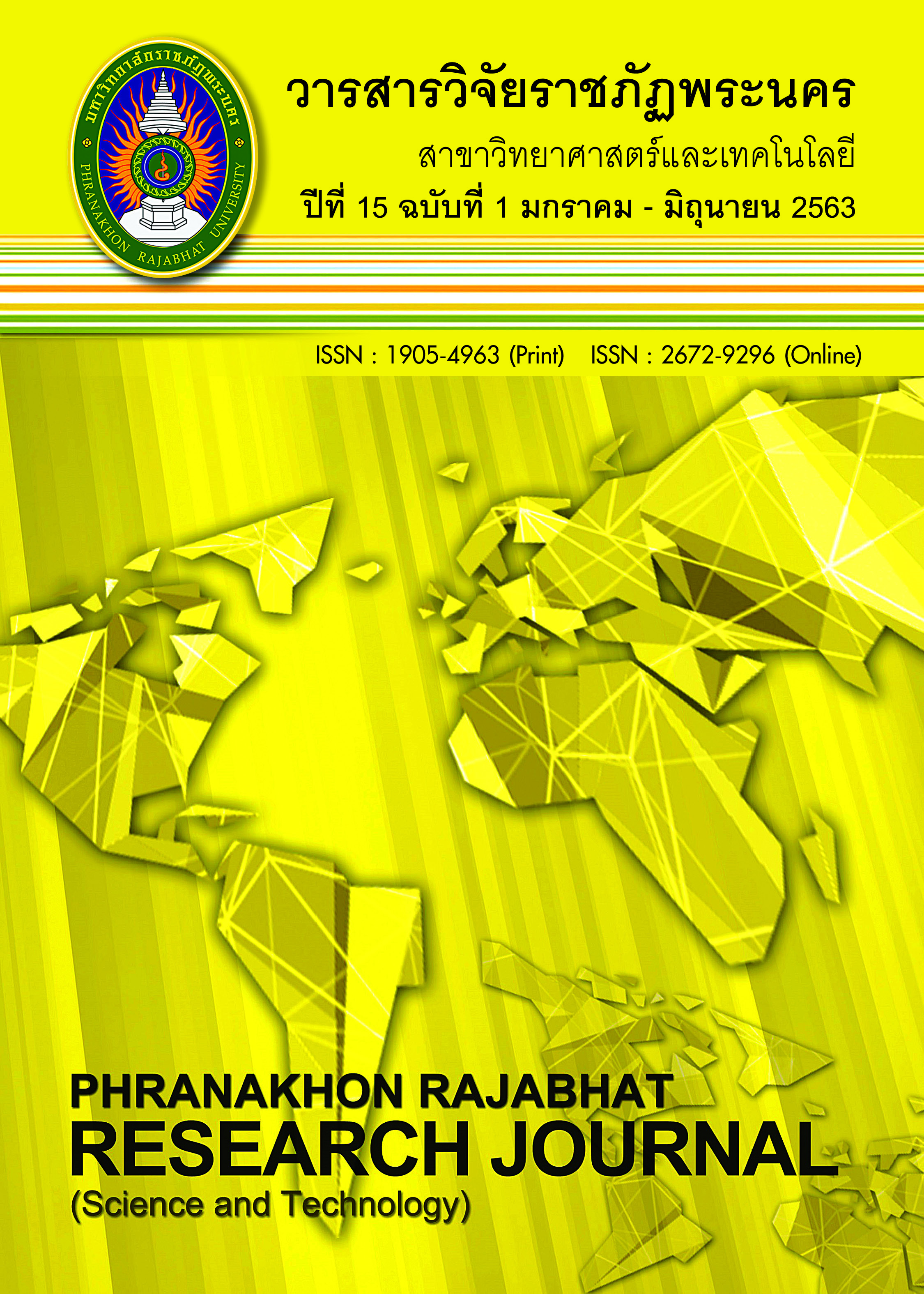PHYTOCHEMICAL SCREENING ANTIOXIDANT ACTIVITIES α-AMYLASE AND α-GLUCOSIDASE INHIBITORY ACTIVITIES OF Cnidoscolus aconitifolius EXTRACTS
Keywords:
Phytochemical Screening, Antioxidant activities, α-Amylas, α-Glucosidase, Cnidoscolus aconitifoliusAbstract
The aim of present study is to phytochemical screening antioxidant activities α-Amylase and α-Glucosidase Inhibitory Activities of Cnidoscolus aconitifolius extract both fresh and dried. In this study, The Phytochemical screening of Cnidoscolus aconitifolius leaves extracts from both fresh and dried that present of flavonoids, coumarins, tannins, phlobatannins, terpenoids, steroids, and cardiac glycosides. The extracts of Cnidoscolus aconitifolius leaves of dried have the highest total phenolic content was 79.34 mg GAE/g extract, total flavonoids content the highest of 35.61 mg QE/g extract. The antioxidant activity using DPPH free radical scavenging method extracts of Cnidoscolus aconitifolius leaves from dried extracts is the highest antioxidant activity with IC50 values of 11.58 2.19 mg/mL. In addition, the extracts of Cnidoscolus aconitifolius leaves from dried showed most anti-α-glucosidase and anti-α-amylase activities activity with IC50 values of 10.24 2.45 and 9.281.09 mg/mL, respectively. These results suggest the potential of Cnidoscolus aconitifolius leaves as diabetic mellitus medicine or food supplement.
References
Arvouet-Grand, A., Vennat, B., Pourrat, A. & Legret, P., 1994, Standardisationd’un extrait de propolis et identification des principaux constituants. Journal de pharmacie de Belgique. 49: 462–468.
Ayoola, G.A., Coker, H.A.B., Adesegun, S.A., Adepoju-Bello, A.A., Obaweya, K., Ezennia, E.C., & Atangbayila, T.O., 2008, Phytochemical screening and antioxidant activities of some selected medicinal plants used for malaria therapy in southwestern Nigeria. Tropical Journal of Pharmaceutical Research. 7(3): 1019–1024.
Borges de Melo, E., da Silveira Gomes, A., and Carvalho, I., 2006, α- and β-Glucosidase inhibitors: chemical structure and biological activity. Tetrahedron. 62(44): 10277-10302.
Braca, A., Sortion, C., Politi, M., Morelli, I., & Meddez, J., 2002, Antioxidant activity of flavonoids from Liccania licaniaeflora. Journal of Ethnopharmacology. 79(3): 379–381
García-Rodríguez RV, Gutiérrez-Rebolledo GA, Méndez-Bolaina E, Sánchez-Medina A, Maldonado-Saavedra O, Domínguez-Ortiz MA, Vázquez-Hernández M, Muñoz-Muñiz OD, Cruz-Sánchez JS (2014). Cnidoscolus chayamansa Mc Vaugh, an important antioxidant, antiinflammatory and cardio protective plant used in Mexico. J. Ethnopharmacol. 151:937-943.
García-Rodríguez RV, Gutiérrez-Rebolledo GA, Méndez-Bolaina E,Sánchez-Medina A, Maldonado-Saavedra O, Domínguez-Ortiz MA,Vázquez-Hernández M, Muñoz-Muñiz OD, Cruz-Sánchez JS, 2014, Cnidoscolus chayamansa Mc Vaugh, an important antioxidant, anti-inflammatory and cardio protective plant used in Mexico. J. Ethnopharmacol. 151: 937-943.
Kaewamatawong, R., & Jounmunkong, Z., 2006, DPPH free radical scavenging activity and total phenol compounds content of some thai medicinal plant extracts. Journal of Ubon Ratchathani University. 2(8): 76-88.
Koleva, I.I., BeeK, T., Linseen, J.P.H., Groot, A., and Evstatieva, L.N., 2002, Screening of plant extracts for antioxidant activity: a comparative study on three testing methods. Phytochemical Analysis.13(1): 817-821
Kuti JO and Konoru HB, 2006, Cyanogenic glycosides content in two edible leaves of tree spinach (Cnidoscolus spp). J. Food Comp. Anal. 19(6-7): 556-561.
Kuti, J. O.; Kuti. H. O., 1999, Proximate composition and mineral content of two edible species of Cnidoscolus (tree spinach). Plant Food Human Nutr. 54: 275-283.
Li, Y.Q., Zhou, F.C., Gao, F., Bian, J.S. and Shan, F., 2009, Comparative evaluation of quercetin, isoquercetin and rutin as inhibitors of alpha-glucosidase. J. Agric. Food Chem. 23(24): 11463-11468.
Loarca-Piña MG, Mendoza S, Ramos-Gómez M, Reynoso R (2010). Antioxidant, antimutagenic, and antidiabetic activities of edible leaves from Cnidoscolus chayamansa Mc. Vaugh. J. Food Sci. 75(2):H68H72.
Majhenic, L., Skerget, M., & Knez , Z., 2007, Antioxidant and antimicrobial activity of quarana seed extracts. Food Chemistry. 104(3): 1258-1268.
Mordi JC, Akanji MA (2012). Phytochemical screening of the dried leaf extract of Cnidoscolus aconitifolius and associated changes in liver enzymes induced by its administration in Wistar rats. Curr. Res. J. Biol. Sci. 4(2):153-158.
Musa TY, Musbau AA, Adenike TO, Abdul WO, Olatinwo, Abdulfatai AA, Monsurat OY, Bamidele VO, Taofik OS, Moyosore SA (2008). Effect of Cnidoscolous aconitifolius (Miller) I.M. Johnston leaf extract on reproductive hormones of female rats. Iran J. Reprod. Med. 6(3):149-155
Pourmorad, F., Hosseinimehr, S.J., and Shahabimajd, N., 2006, Antioxidant activity, phenol and flavonoid contents of some selected Iranian medicinal plants. African Journal of Biotechnology. 5(11): 1142-1145.
Ramos-Gómez M, Figueroa-Pérez M, Guzmán-Maldonado H, LoarcaPina G, Mendoza S, Quezada-Tristan T, Reynoso-Camacho R (2017). Phytochemical profile, antioxidant properties and hypoglycemic effect of chaya (Cnidoscolus chayamansa) in stzinduced diabetic rats. J. Food Biochem. 41:e12281.
Yin, Z., Zhang, W., Feng, F., Zhang, Y., and Kang, W., 2014. α-Glucosidase inhibitors isolated from medicinal plants. Food Science and Human Wellness, 3(3–4): 136- 174.
Zhao, J., Zhou, X.W., Chen, X.B.,and Wang, Q.X. (2009). α-glucosidase inhibitory constituents from Toona sinensis. Chemistry of Natural Compounds, 45(2): 244-246.
Downloads
Published
Issue
Section
License
โปรดกรอกเอกสารและลงนาม "หนังสือรับรองให้ตีพิมพ์บทความในวารสารวิจัยมหาวิทยาลัยราชภัฏพระนคร สาขาวิทยาศาสตร์และเทคโนโลยี" ก่อนการตีพิมพ์




